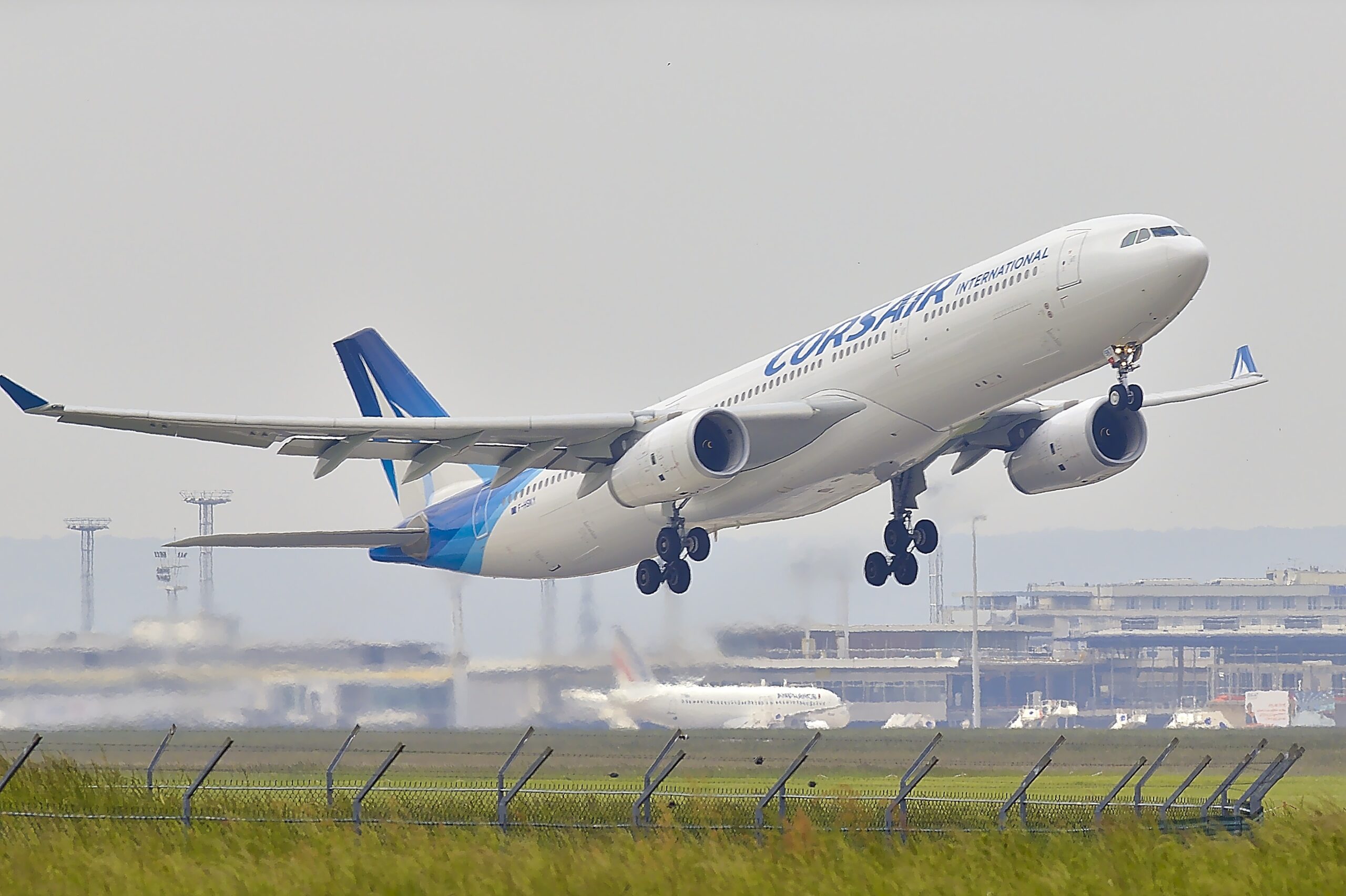Navigating the Skies: The Pioneers and Innovators Among Aerospace Companies
The aerospace industry is a testament to human ingenuity and ambition. It’s where science fiction becomes science fact, and where the boundaries of our planet are merely a starting point for exploration. This article delves into the world of aerospace companies, exploring their contributions, challenges, innovations, and the future of aerospace technology.
The Dawn of the Aerospace Era
The journey into the aerospace realm began over a century ago, with the Wright brothers’ historic flight in 1903. Since then, the pursuit of designing vessels for air and space travel has captivated the imagination of entrepreneurs, engineers, and the public alike. Early aerospace companies focused primarily on manufacturing aircraft for transportation and military applications. However, as technology progressed, so did the ambitions of these enterprises.
Giants of the Sky
A handful of companies have become synonymous with aerospace achievement. These giants have not only shaped the industry but have also become household names. Companies like Boeing, Lockheed Martin, Northrop Grumman, and Airbus have been at the forefront of aerospace innovation, providing everything from commercial airliners to cutting-edge military aircraft. Their contributions have been instrumental in shaping the policies, economies, and defense strategies of nations worldwide.
The Commercial Airline Revolution
Despite the military roots of many aerospace companies, the commercial airline industry has been a significant area of development. The advent of the jet age in the mid-20th century marked a turning point, as commercial air travel became accessible to the masses. Aerospace companies played a pivotal role in this revolution, designing and manufacturing the aircraft that now crisscross the skies, carrying millions of passengers annually.
The Rise of Private Space Ventures
The past few decades have seen a shift in the aerospace landscape with the emergence of private space companies. Pioneers like SpaceX, Blue Origin, and Virgin Galactic have redefined what is possible, bringing a new level of innovation and competition to the industry. These companies have introduced reusable rockets, spearheaded commercial space travel, and even reignited dreams of colonizing other planets.
Innovations and Technologies
Aerospace companies are at the forefront of technological advancement. Cutting-edge materials, propulsion systems, and avionics are continually being developed to improve the safety, efficiency, and capabilities of aircraft and spacecraft. Innovations like unmanned aerial vehicles (UAVs) and advanced satellite systems are transforming both civilian and military applications, while also presenting new regulatory and ethical challenges.
Challenges in Aerospace Development
Despite the industry’s achievements, aerospace companies face a myriad of challenges. The cost of developing new technology is exorbitant, and the risks are high. The regulatory landscape is also complex, with safety and environmental concerns leading to stringent rules that govern the design, testing, and operation of aircraft and spacecraft. Aerospace companies must navigate these challenges while striving to innovate and remain competitive.
Global Collaboration and Competition
The aerospace industry is uniquely global, with collaborations often spanning continents. Aerospace companies frequently partner with foreign firms and governments to share the burdens of development and access new markets. However, this global stage is also an arena of fierce competition, with companies vying for lucrative contracts and technological dominance.
The Environmental Impact
As guardians of the skies, aerospace companies are increasingly focused on their environmental impact. Aircraft emissions are a significant concern, leading to research in alternative fuels and more efficient engines. The push for sustainability is driving innovation, but it is also a significant challenge that requires a balance between environmental responsibility and commercial viability.
Aerospace and the Economy
The economic impact of aerospace companies cannot be overstated. They are major employers, technological incubators, and contributors to national GDPs. The health of the aerospace industry is often seen as an indicator of economic strength, underscoring its importance beyond the realms of transportation and defense.
Education and Workforce Development
The aerospace industry requires a highly skilled workforce. Aerospace companies invest heavily in education and workforce development, supporting STEM (Science, Technology, Engineering, and Mathematics) initiatives and offering internships and apprenticeships. The sector’s future depends on attracting and training the next generation of engineers, scientists, and technicians.
Securing the Future: Cybersecurity in Aerospace
As aerospace companies integrate more digital systems into their products, cybersecurity has become a paramount concern. Protecting aircraft and infrastructure from cyber-attacks is critical to ensuring safety and maintaining public trust. This aspect of the industry continues to evolve rapidly as companies invest in robust cybersecurity measures.
The Next Frontier: Space Exploration
Space exploration represents humanity’s ultimate ambition. Aerospace companies are crucial players in this endeavor, designing the vehicles that will carry astronauts to the Moon, Mars, and beyond. The challenges of space exploration are immense, but the potential rewards—scientific discovery, technological advancement, and perhaps even the survival of our species—are immeasurable.
Conclusion: Soaring into the Future
Aerospace companies stand at the crossroads of history and innovation. They have overcome gravity, broken the sound barrier, and left footprints on the Moon. As technology advances and our sights set ever higher, these companies will continue to play a vital role in pushing the boundaries of what is possible. Their legacy is one of daring, ambition, and an unwavering belief in the power of human potential to soar beyond the horizon. As we look to the skies and the stars beyond, aerospace companies will be the ones to take us there—twice, and countless times more.
